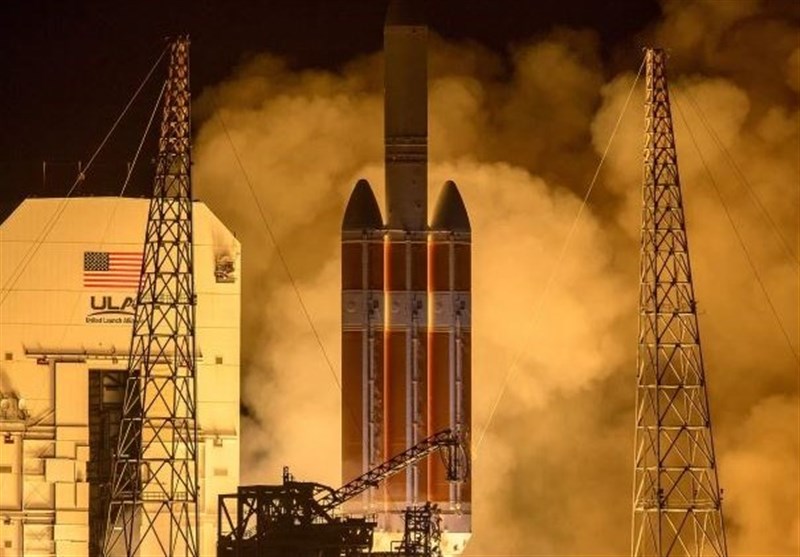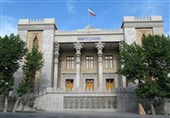NASA Launches Solar Probe Mission to Touch The Sun (+Video)
TEHRAN (Tasnim) - The international space agency NASA has launched a daring mission to probe some of the sun's deepest secrets.
NASA's Parker Solar Probe lifted off this morning (Aug. 12) at 3:31 a.m. EDT (0731 GMT) from a pad here at Cape Canaveral Air Force Station, its powerful United Launch Alliance Delta IV Heavy rocket carving an arc of orange flame into the predawn sky.
According to Space.com, if all goes according to plan, the Parker Solar Probe will end up traveling faster than any craft ever has, and getting unprecedentedly close to the sun; indeed, it will fly through our star's outer atmosphere, known as the corona. And the measurements the probe makes there will reveal key insights about our star's inner workings that have eluded scientists for decades.
The Parker Solar Probe rocket lifted off from Cape Canaveral, Florida.
The probe is set to become the fastest-moving manmade object in history. Its data promises to crack longstanding mysteries about the Sun's behaviour.
It is the first space craft to be named after a living person - astrophysicist Eugene Parker, 91, who first described solar wind in 1958.
What will the probe do?
The probe aims to dip directly into our star's outer atmosphere, or corona.
It is travelling on board the Delta-IV Heavy rocket, which will hurl the probe into the inner Solar System, BBC reported.
What will the probe do?
The probe aims to dip directly into our star's outer atmosphere, or corona.
It is travelling on board the Delta-IV Heavy rocket, which will hurl the probe into the inner Solar System, BBC reported.
Analysis: Why this mission is important
The probe will zip past Venus in six weeks and make a first rendezvous with the Sun a further six weeks after that.
Over the course of seven years, Parker will make 24 loops around our star to study the physics of the corona, the place where much of the important activity that affects the Earth seems to originate.
The probe will dip inside this tenuous atmosphere, sampling conditions, and getting to just 6.16 million km (3.83 million miles) from the Sun's broiling "surface".
"I realize that might not sound that close, but imagine the Sun and the Earth were a meter apart. Parker Solar Probe would be just 4cm away from the Sun," explained Dr Nicky Fox, the British-born project scientist who is affiliated to the Johns Hopkins Applied Physics Laboratory.
"We'll also be the fastest human-made object ever, travelling around the Sun at speeds of up to 690,000km/h (430,000mph) - New York to Tokyo in under a minute!" she told BBC News.






